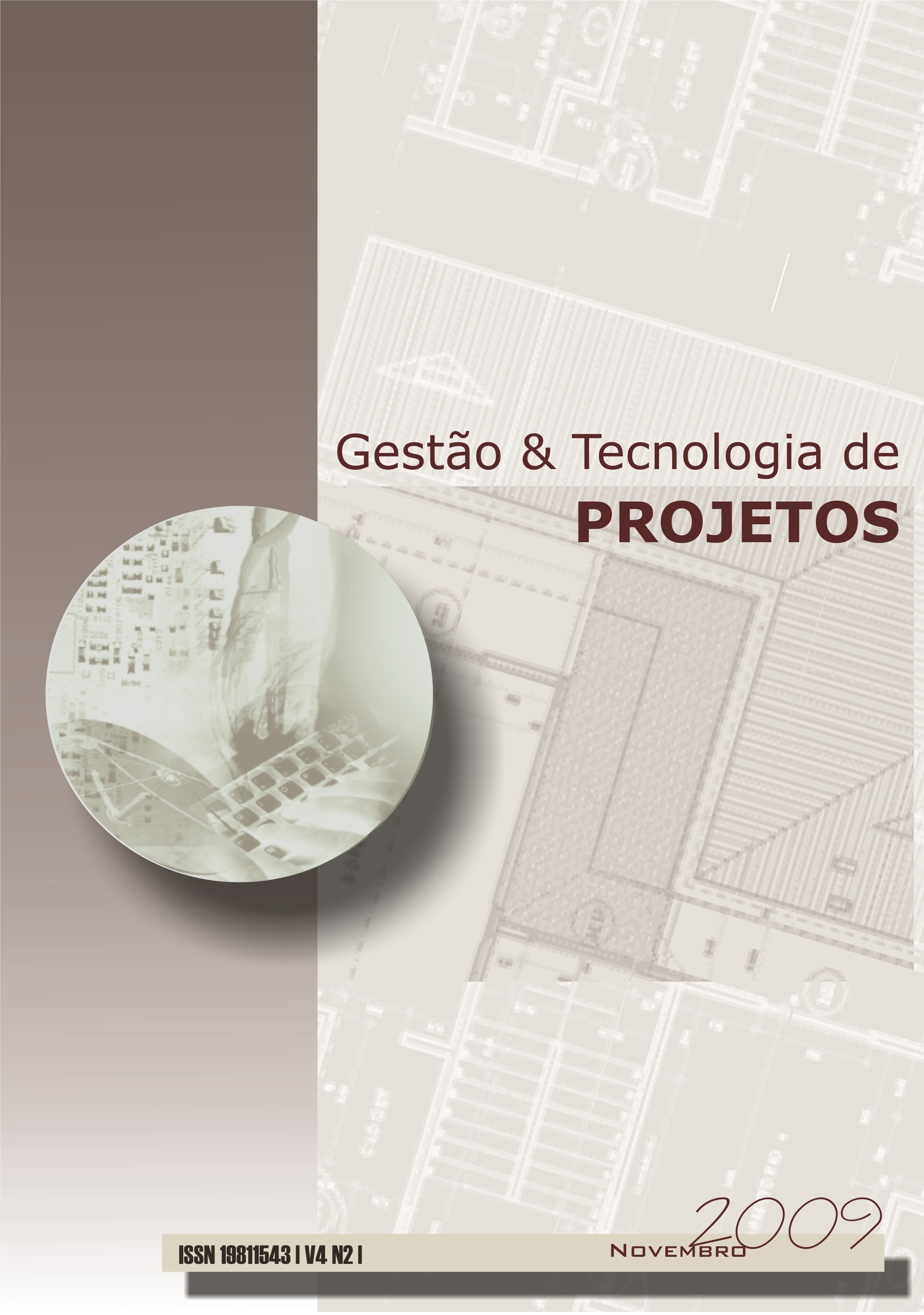INTEROPERABILIDADE DE APLICATIVOS BIM USADOS EM ARQUITETURA POR MEIO DO FORMATO IFC
DOI:
https://doi.org/10.4237/gtp.v4i2.102Palavras-chave:
Building Information Modeling, projeto arquitetônico, interoperabilidade.Resumo
O conceito do Building Information Modeling (BIM) pressupõe a interoperabilidade e a colaboração entre os profissionais da indústria da Arquitetura Engenharia e Construção (AEC). Todavia, estes profissionais exploram pouco o recurso da colaboração no processo de projeto com o BIM, além do mais, se os aplicativos BIM não possuírem robustez na interoperabilidade a atividade de colaboração e cooperação pode ser ainda mais dificultada. Visando diagnosticar a eficiência dos aplicativos BIM no uso do recurso da interoperabilidade, o presente trabalho empreende um esforço para identificar as principais não conformidades na troca de informações dos modelos do edifício produzidos em aplicativos BIM voltados para arquitetura. Além do mais, discute como estes aplicativos tratam as informações de mesmas famílias de objetos. Este artigo inicia com uma revisão bibliográfica sobre os conceitos de colaboração, interoperabilidade e Industry Foundation Classes (IFC). Em seguida modela um edifício de dois pavimentos nos aplicativos ArchiCAD e Revit. Salva os modelos em arquivos no formato IFC. Importa os arquivos IFC pelo ArchiCAD, Revit e dois aplicativos de visualização. Analisa as não conformidades dos arquivos importados. Os resultados mostram que: ocorrem perdas na qualidade dos modelos do edifício quando importados de arquivos no formato IFC; aplicativos BIM destinados à arquitetura apresentam limitações na informação do modelo do edifício (parte das informações são geradas apenas em 2D); existem não conformidades de padrão na definição das propriedades dos componentes apresentados por diferentes aplicativos BIM, voltados para arquitetura. Como sugestão apresenta exemplo bem sucedido de sistema de compartilhamento de modelos BIM. Para finalizar, mostra que os tradutores de IFC, apesar das melhorias das últimas versões, ainda não são robustos o suficiente para transportar os dados do modelo com a qualidade do original. Palavras-chaves: Building Information Modeling, projeto arquitetônico, interoperabilidade. APPLICATION INTEROPERABILITY BIM USED IN ARCHITECTURE THROUGH THE FORMAT IF ABSTRACT The Building Information Modeling (BIM) concept emphasizes interoperability and collaboration between Architecture, Engineering and Construction (AEC) industry agents. However, aside from the fact that these agents haven´t explored all potentiality of technology supported collaboration, there is also the fact that BIM software are inefficient to allow fluent data exchange between different applications; therefore, making it more difficult to collaborate and cooperation through data sharing. In order to diagnose the maturity of BIM applications in interoperability resources, a study was developed to indentify the major non-conformities of building information models represented in the IFC format generated by architecture BIM authoring software. Therefore, this paper discusses how these applications handle information from the same families of objects when exported and imported to and from the IFC format. The first part of the article is a revision on collaboration, interoperability and IFC concept. Secondly, a two-story building in ArchiCAD e Revit software is presented. These models are exported to the IFC files format. Afterwards these IFC models are imported or opened in ArchiCAD, Revit and two IFC visualization software and analyses for non-compliance are executed. The results show: losses in consistence of the data model, when building models are imported from IFC models; architectural design BIM software are limited in information model of the building (partial information model are generated in 2D); there is no pattern in design model property, each software develops their own pattern. As a suggestion this paper shows a case of sharing system model, as a successful application of BIM interoperability in AEC industry. In short it shows that IFC, despite improvements in recent versions, are not yet robust enough to support all data representations of building information model for complete exchange between AEC applications. Key-words: Building Information Modeling, architectural design, interoperability.Downloads
Os dados de download ainda não estão disponíveis.
Downloads
Publicado
15-12-2009
Edição
Seção
Artigos
Licença
Autores que publicam nesta revista concordam com os seguintes termos:
- Autores mantém os direitos autorais e concedem à revista o direito de primeira publicação, com o trabalho simultaneamente licenciado sob a Licença Creative Commons Attribution-NonCommercial-NoDerivatives 4.0 que permite o compartilhamento do trabalho com reconhecimento da autoria e publicação inicial nesta revista.
- Autores têm autorização para assumir contratos adicionais separadamente, para distribuição não-exclusiva da versão do trabalho publicada nesta revista (ex.: publicar em repositório institucional ou como capítulo de livro), com reconhecimento de autoria e publicação inicial nesta revista.
- Autores têm permissão e são estimulados a publicar e distribuir seu trabalho online (ex.: em repositórios institucionais ou na sua página pessoal) a qualquer ponto antes ou durante o processo editorial, já que isso pode gerar alterações produtivas, bem como aumentar o impacto e a citação do trabalho publicado (Veja O Efeito do Acesso Livre).
Como Citar
ANDRADE, Max Lira Veras X. de; RUSCHEL, Regina Coeli. INTEROPERABILIDADE DE APLICATIVOS BIM USADOS EM ARQUITETURA POR MEIO DO FORMATO IFC. Gestão & Tecnologia de Projetos, São Carlos, v. 4, n. 2, p. p.76–111, 2009. DOI: 10.4237/gtp.v4i2.102. Disponível em: https://revistas.usp.br/gestaodeprojetos/article/view/50960.. Acesso em: 5 jan. 2026.








